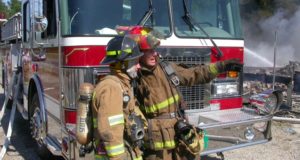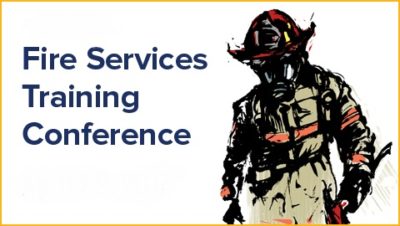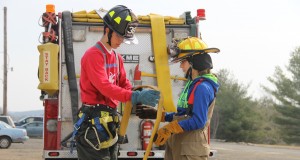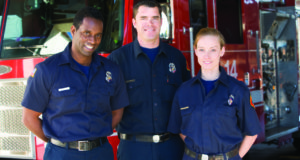Bullying and harassment in the fire service, as those behaviors are in the general population, are about power and control. Those individuals who engage in bullying or harassment do so because they want to maintain the status quo or they're seeking to elevate their status among their peers or they're insecure in their position of official power (officers). In my opinion, these elements are inter-related just as fuel, heat, and oxygen are critical elements necessary for combustion. If we can successfully remove these elements in our organizations, we can make the fire (bullying and harassment) go out for good.
Read More »Tag Archives: fire department management
Staff Officer Re-Entry: Going Back to Operations
Whether you volunteered for the staff officer assignment or you were given the assignment, I think you’re going to find that many of your bosses, peers, and subordinates in operations are going to view you as a “newbie”. They’re going to expect you to “prove yourself” as being capable of handling your new assignment in operations.
Read More »3 Leadership Actions to Take After a Fire Service Conference You Attend
These three steps are more than just individual or group tasks. Collectively, they constitute leadership and mentoring on your part. By doing so, you’re creating expectations for attendance at future conferences by you and members of your department.
Read More »EVO Program: Regulating Your Fire Department’s Driving Risks
By: Robert Avsec, Executive Fire Officer Several years ago, at a fire service conference, I attended a session on reducing risk in fire departments. The presenter, whose name escapes me, make a statement that really stuck with me, “You cannot manage or eliminate risk in this business, but you can regulate it.” He went on to explain that regulating meant ...
Read More »Organizational Climate: Another “Weather” Report
Much is being written and discussed about the fire service and its culture of risk-taking and the influence of that culture on firefighter deaths and injuries. But there is also the culture of the firehouse, and that’s the culture that’s influencing the inappropriate behaviors, on and off the job, that are resulting in careers being ruined, lawsuits being filed, and in the worst cases, firefighters taking their own lives.
Read More »Sexual Harassment of Female Firefighters: New Year, Same Old Headlines
Come again? Without admitting guilt? I don’t know about the average citizen, but when I see a local government paying $1.75 million to a plaintiff in a sexual harassment case, I see “guilty”, how about you?
Read More »Scouting for Fire Officer Talent
So, if you’re “scouting” the potential officer talent in your fire and EMS organization to see where your future officers might be coming from, what should be your scouting criteria?
Read More »Firefighter Health: Less talk and more action is required
I’ve always believed that the most important aspect of better firefighter health and safety is the person who uses the equipment: the firefighter. The personal behaviors of the individual firefighter will always have the greatest influence on firefighter health and safety.
Read More »The Influence of Fire Department Training
Fire service training is much more than just the imparting of knowledge, the acquisition of new skills, and the ability to apply that new knowledge and skills. Fire service training, from entry-level through incumbent staff training, is also the vehicle by which a department's culture and values are initially imprinted upon individuals or reinforced.
Read More »What does a future fire officer look like?
What traits do you believe make a firefighter a good candidate to promote to Company Officer? I asked several fire service colleagues the question: What traits to you look for in firefighters as potential company officers? Two of those colleagues, Fire Chief Bud Backer and Division Chief Susan Tamme, provided some really good insights back to me via e-mail. I could only use a few of their comments in the finished article, but the rest were so good I just couldn’t leave them on the “cutting room floor.”
Read More » Fire & EMS Leader Pro The job of old firefighters is to teach young firefighters how to become old firefighters!
Fire & EMS Leader Pro The job of old firefighters is to teach young firefighters how to become old firefighters!









